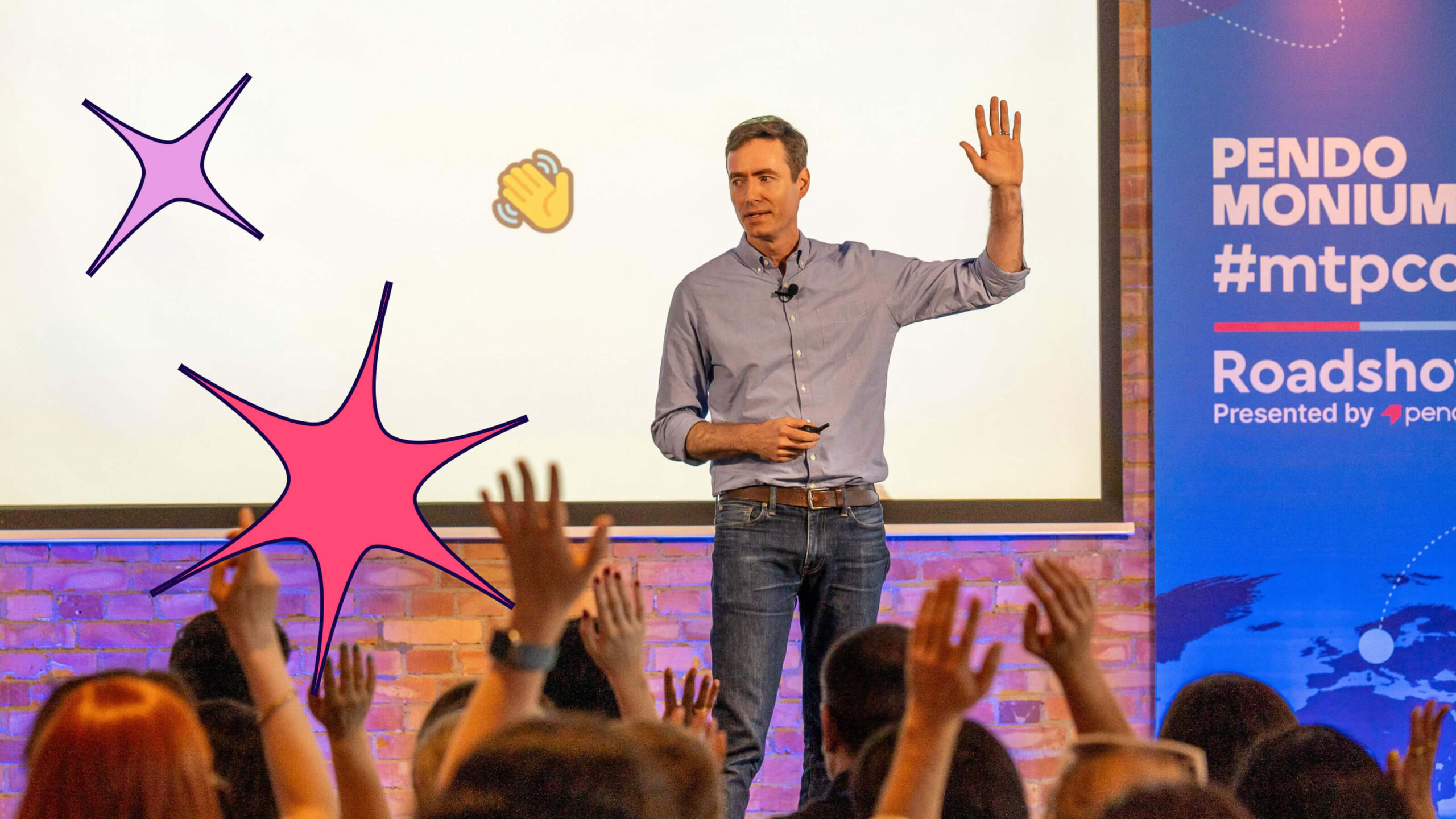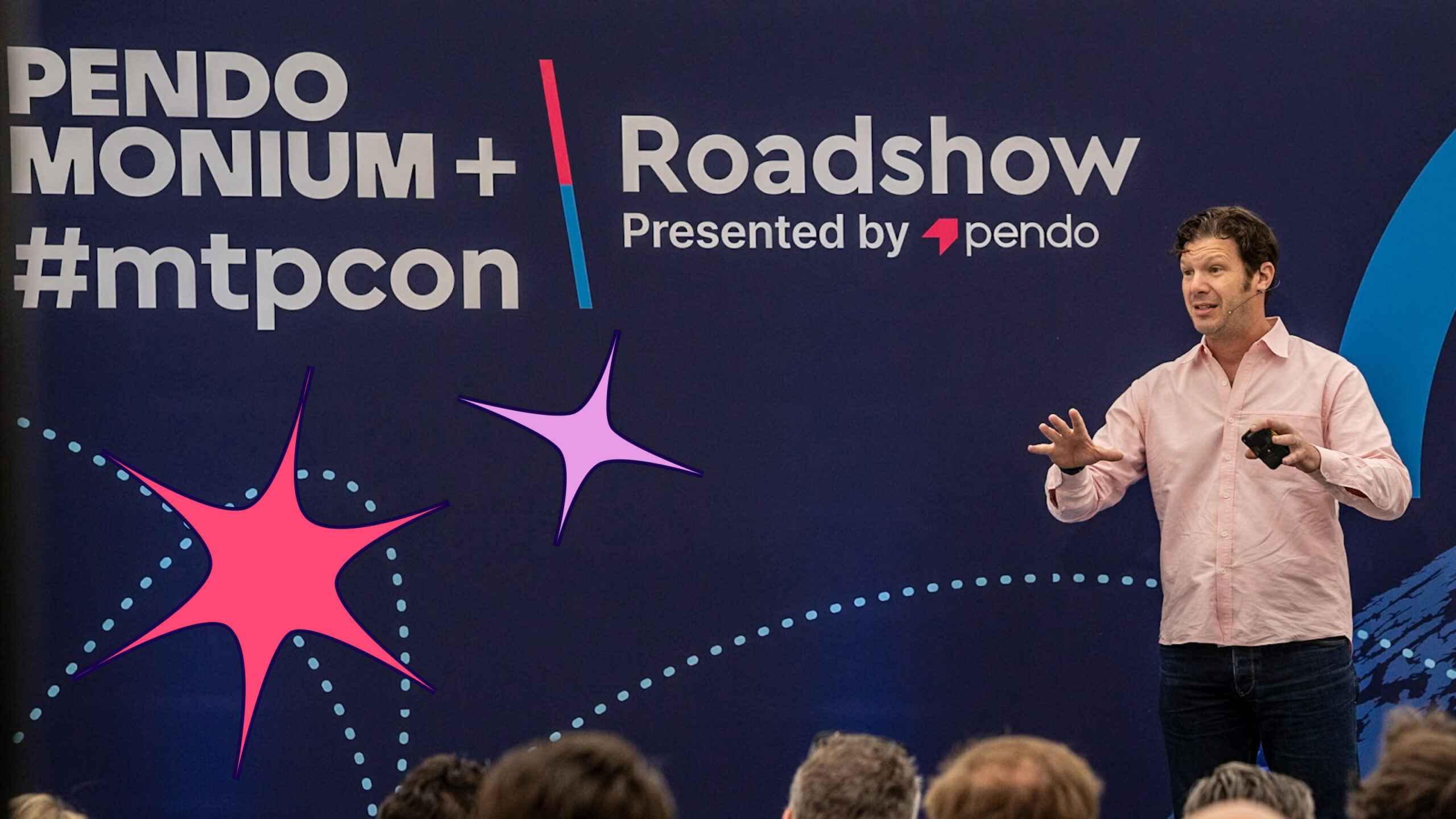Amidst an economic downturn bringing a host of challenges, companies are rallying around their product organizations to weather the storm. According to a recent survey of over 500 product professionals, 62% say the downturn has driven their company to value their product role more importantly and 73% agree that their team is empowered to drive product direction.
In other words, it’s a great time to be in product.
But it’s also a turbulent time. New forces are reshaping the role—things like artificial intelligence, remote work, and the consumerization of software—and it’s putting more pressure on product managers (PMs).
As a result, a new kind of PM is emerging. These PMs think bigger, move faster with confidence, and influence their product and business with ease. But how do you become one of these PMs of the future?
In our latest webinar, we brought four product leaders together to get their perspectives on this topic:
-
- Bruce McCarthy, founder of Product Culture
- Jason Knight, product consultant and podcaster at One Knight Consulting
- Shyvee Shi, product manager at LinkedIn
- Marcus Andrews, director of product marketing at Pendo
The discussion centered around the idea of the “next-generation” product manager. What qualities do they possess? What are the most important skills to hone?
Here are four characteristics of the next-generation PM to keep on your radar:
1. They possess business acumen, not just technical acumen
Something that quickly stood out in the discussion was the idea of business acumen over technical acumen. Jason Knight shared his perspective that business acumen is critical for any PM, since they need to be strong business partners and actually convince others across the organization why an idea is a good one.
And while PMs of the past primarily came from deep technical backgrounds, that’s no longer the case. Bruce McCarthy noted that he finds that the best product candidates have a variety of backgrounds, which relates to the idea of the PM needing to be more of a generalist—not the expert in every niche category. Shyvee Shi also explained that when you come into product management from a different discipline, you are more empathetic and better able to understand your customers’ needs.
2. They are good leaders and communicators
Two additional skills the panel agreed on were leadership and communication. Shi introduced the analogy of the PM as a conductor: They are tasked with bringing together multiple components and ensuring harmonious collaboration and a successful end result.
This requires someone who can clearly communicate and lead others throughout the entire process. As McCarthy put it, “You have to be a coach and a leader and say, ‘This is where we’re taking the product and why.’” He added that when a product doesn’t have clear direction, it’s usually because a PM isn’t taking on the leadership role and getting everyone (e.g. design, engineering, sales, marketing) aligned.
3. They are outcomes-driven
A hurdle product managers often need to overcome is that their company operates with a “feature factory” mindset—PMs are told to deliver features, with no room to be strategic on their own. So what’s a PM to do?
McCarthy emphasized the importance of operating with an “outcomes” mindset, not just an “output” mindset. If you’re being told to deliver certain features, this means connecting those outputs with outcomes that signify when you’ve been successful. It’s also useful to tie product outcomes with business outcomes and identify how a given feature generates value for users and the business. For example, you might connect user behavior data with renewals so leadership can easily see how product usage ties to business growth.
In the end, there are always going to be features that simply need to be built, but hopefully you as the PM are able to at least understand the reasoning why.
4. They balance innovation with upkeep
In order to be successful now and into the future, PMs will need to move quickly and innovate with confidence. The panel was asked how product managers should balance this with fixing and refining existing functionality.
Shi first noted that product teams should adopt more of a portfolio approach to innovation. For example, dedicating 25% of resources and time to fixing tech debt, 55% to core development, and 30% to experimentation and new products. McCarthy also tied this to the product life cycle, saying that your breakdown will depend on where you currently fall. For example, if you haven’t found product-market fit yet, it doesn’t make sense to focus as much on fixing bugs.
Knight also emphasizes that tackling tech debt shouldn’t be an all or nothing task. You might challenge your engineering team to break tech debt down into phases so that it doesn’t take up all of their time, but it still gets handled. In the end, product managers always need to be showing momentum even if they’re not building something new.
Want more expert insights on the next-gen product manager? Watch the full panel discussion:


